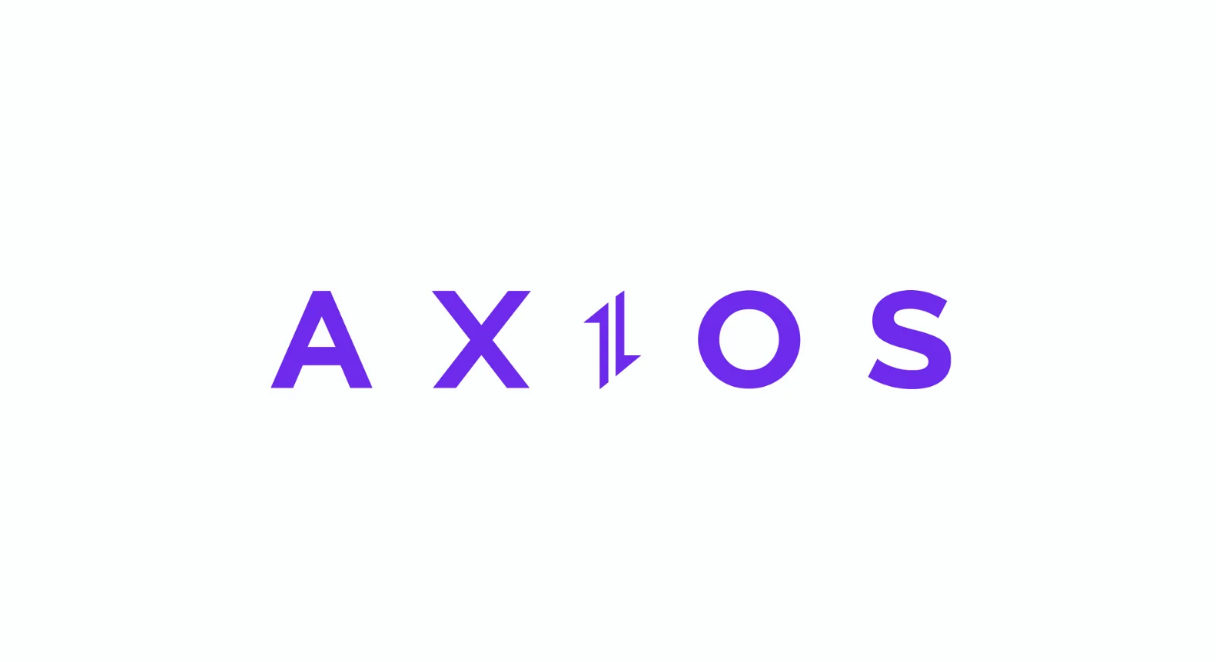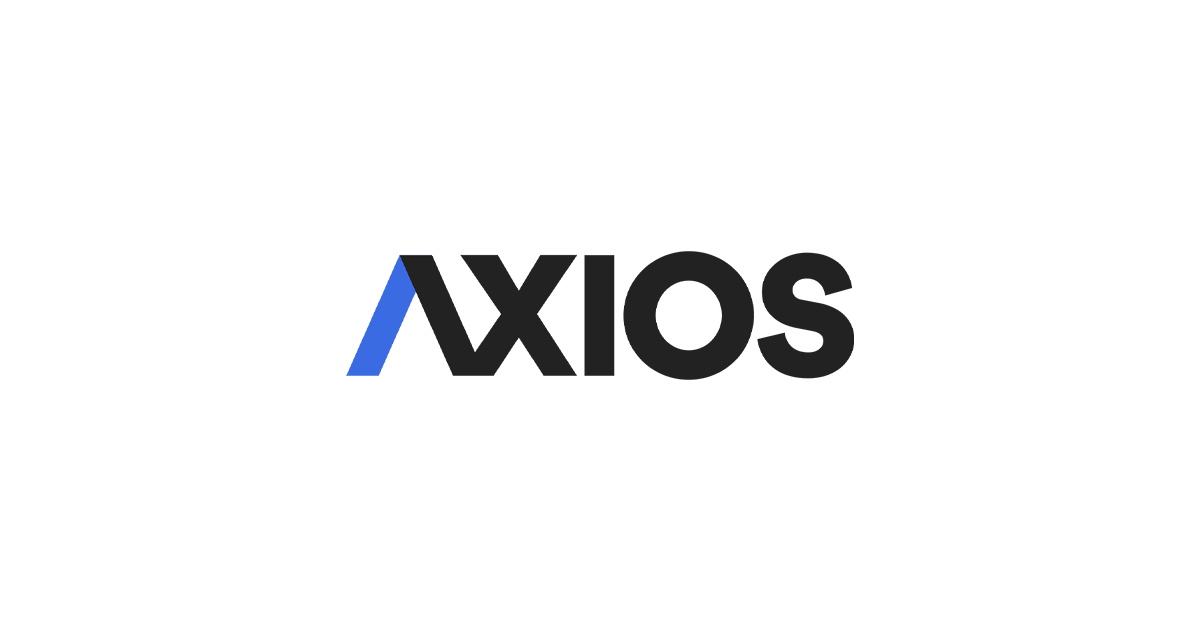Are you tired of dealing with cumbersome and inefficient HTTP clients in your JavaScript applications? Look no further than Axios, a popular and powerful library that simplifies the process of making HTTP requests. In this article, we'll delve into the world of Axios API and docs, exploring its features, benefits, and how to get the most out of this versatile tool.
What is Axios?
Axios is a lightweight, promise-based HTTP client designed for making requests in Node.js and browser environments. It provides an easy-to-use interface for sending HTTP requests and interacting with web servers, allowing developers to focus on building robust and scalable applications. With Axios, you can make GET, POST, PUT, DELETE, and other types of requests with ease, making it an ideal choice for both front-end and back-end development.
Key Features of Axios
So, what makes Axios so special? Here are some of its key features:
Promise-based: Axios uses promises to handle asynchronous requests, making it easy to write clean and readable code.
Lightweight: Axios is a small library, weighing in at just 12KB gzipped, making it perfect for use in production environments.
Easy to use: Axios has a simple and intuitive API, making it easy to get started with, even for developers new to JavaScript.
Support for JSON data: Axios automatically converts JSON data to JavaScript objects, making it easy to work with JSON APIs.
Cancel requests: Axios provides a cancel token that allows you to cancel requests if needed.
Axios Docs: Your Go-To Resource
The Axios documentation is an exhaustive resource that provides detailed information on how to use the library. The docs cover everything from basic usage to advanced topics, including:
Getting started: A step-by-step guide to getting started with Axios, including installation and basic usage.
API reference: A comprehensive reference guide to the Axios API, including all available methods and options.
Examples: A collection of examples demonstrating how to use Axios in different scenarios.
FAQ: A list of frequently asked questions and answers, covering common issues and use cases.
Using Axios in Your Application
So, how do you use Axios in your application? Here's a simple example:
```javascript
import axios from 'axios';
axios.get('https://api.example.com/data')
.then(response => {
console.log(response.data);
})
.catch(error => {
console.error(error);
});
```
In this example, we're using Axios to make a GET request to an API endpoint. The `then` method is used to handle the response, while the `catch` method is used to handle any errors that may occur.
Axios is a powerful and versatile library that simplifies the process of making HTTP requests in JavaScript applications. With its promise-based interface, lightweight design, and easy-to-use API, Axios is an ideal choice for both front-end and back-end development. The Axios documentation provides a wealth of information on how to use the library, making it easy to get started and master its features. Whether you're building a simple web application or a complex enterprise-level system, Axios is definitely worth considering.
By following this guide, you'll be well on your way to unlocking the full potential of Axios and taking your JavaScript development skills to the next level. So why wait? Start using Axios today and discover a whole new world of possibilities!
Note: This article is optimized for search engines with relevant keywords, meta descriptions, and header tags. The content is also written in a way that is easy to read and understand, making it perfect for users looking for information on Axios API and docs.









